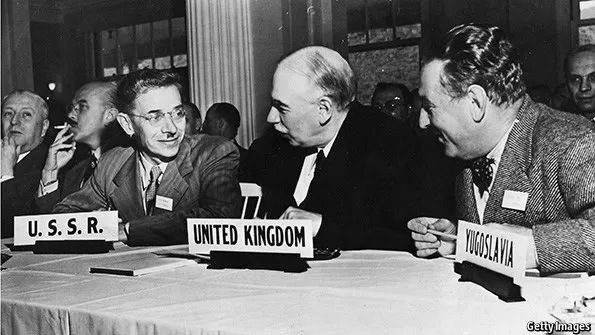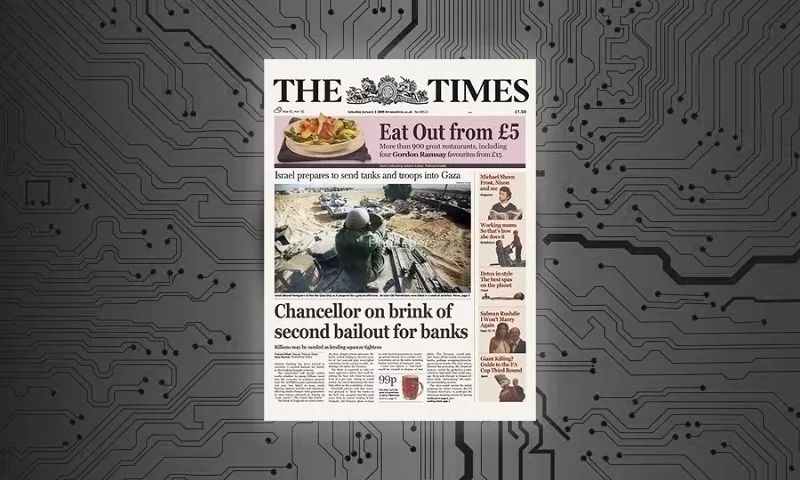Counting the liquidity of the Big Three, the final end of Bitcoin is digital government bonds?
Author: Tantra Labs
Compile: Sharing Finance Neo
Source: Sharing Finance
Introduction
- Jianan Zhizhi's total revenue in the third quarter was 670 million yuan, and mining machine revenue accounted for 98.3%.
- Expert comment: Development blockchain should pay attention to open source governance experience
- Opinion: Does the whale drive the bitcoin bull market on its own?
US Treasury bonds, gold and bitcoin constitute the “big three” of global liquidity, three powerful safe-haven assets that protect their owners from highly leveraged, credit-based The risk of the currency system. Of the more than $300 trillion in financial assets worldwide, only $32 trillion is in an echelon of security and mobility.
After only eight years of existence, Bitcoin has taken up 1% of the total market value of these three assets, which is shocking, but it is only a glimpse of the future. In its next chapter, Bitcoin will move toward $9 trillion worth of gold to fulfill its mission as digital gold. After that, Bitcoin will evolve into digital treasury bonds and replace them as global risk-free assets, eventually reaching the status of a global reserve currency. Replacing the dollar as a global reserve currency is an ambitious goal, but it will only appear as a by-product of bitcoin that embodys digital wealth.
Gold is the source of the legality of the dollar
Gold is the original global liquidity, a currency with a history of thousands of years. The dollar’s gold reserves in the 20th century gained legitimacy and reached its peak in the 1944 Bretton Woods system agreement. In the agreement, world leaders designated the dollar as the world reserve currency. Although gold is no longer the official pillar of global finance, central banks still hoard it as a global safe-haven asset, presumably to prevent the collapse of the dollar system. Today, global central banks hold more than $1 trillion in gold.

Dollar and European dollar
In the 1950s, a new form of the dollar emerged in Europe: the European dollar, a kind of bookkeeping dollar used for interbank settlements outside the US and the Federal Reserve banking system. With the spread of European dollar use, banks in London, Zurich, Montreal and Tokyo have gained the power to create an international settlement currency, free from any regulatory scope. By 1971, the excessive redemption of the dollar against gold exhausted US reserves. In order to protect its global safe-haven assets, the United States stopped all dollar-to-gold exchanges, and the dollar officially lost support. However, global financial participants still believe that the US dollar is their ultimate unit of account.
US Treasury , not the US dollar
The dollar is no longer supported by risk-free assets, so how can investors safely store US dollar reserves? Bank deposits are essentially loans issued to banks, accompanied by excessive counterparty risk. For people who avoid risk, deposits and cash are not a satisfactory investment at all. The solution and capital market trend is to buy US Treasury bonds, a $23 trillion market to safely store dollars.
The dollar lost its identity
From 1971 to 2007, the bank completely controlled the dollar, confusing the identity of the dollar, and on this basis established an inherently unstable financial system. The European dollar has grown in both supply and complexity. Banks stop using deposits to fund themselves; instead, they use US Treasury bonds as collateral to borrow money from each other. Bank licenses and US Treasury bonds have combined to create a seemingly infinite currency that blurs the definition of money. The dollar lost all of its identity as the gold ownership it once owned, turning it into a purely bank debt, a loan to the over-leveraged financial system. US Treasury bonds replaced the US dollar and became the most popular global asset, not only because of the US government's counterparty advantage, but also because US Treasury bonds have the ability to guarantee omnipotence and create money. Banks use US Treasury bonds (not the US dollar) as risk-free assets, collateral anchors, and major leverage instruments.
The dollar system collapsed in 2007
In 2007, banks began to face financing pressures. The previous “strike-of-the-pen” mortgage culture has gradually disappeared, and banks are unable to advance debts due. Banks rely on their ability to continually issue new debts, and when people's confidence in them is shaken, their solvency is also shaken.
The relationship between the dollar and the European dollar has existed for decades, but it is not much dramatic; the federal funds and LIBOR (the interest rate for each dollar) are basically corresponding to each other. However, in August 2007, the London Interbank Offered Rate (LIBOR) was higher than the federal funds rate, which is a sign that the European dollar system is facing serious credit risk. In hindsight, the problem is not serious: as the global dollar system reached an inflection point, banks began to withdraw from each other. This difference in interest rates foreshadows the subsequent chain reaction of dollar funding shortages and bank failures. The monetary creations that have been free for decades have been irreversibly broken.
In 2008, the Federal Reserve saved the world by “flowing” the entire financial system. It chooses not to distinguish between US dollar debt and European dollar debt, and provides a lifeline for any bank or central bank in need by injecting foreign exchange reserves into the country and providing offshore currency swaps. As US Treasury bonds become the global “security blanket”, the market’s demand for the security and liquidity of US Treasury bonds soared, putting the world into a dollar-denominated dilemma, despite the irrefutable questioning of the long-term viability of the US dollar as a global reserve currency. .
Permanent disrepair
The financial system is infected with a chronic disease that does not disappear. The US dollar is no longer just the US national currency issued by the Federal Reserve. On the contrary, the US dollar is an international banking instrument with no restrictions, no form, and no ability to self-sustain. As the contraction of interbank liabilities led to repeated liquidity shortages among leveraged asset holders, the system began to decline. The bank chooses not to provide guarantee liquidity to other banks, even if the guarantee is the US Treasury itself. This is the ultimate warning signal that banks no longer trust each other. In addition, the Federal Reserve (fed) always rescues the financial system as the lender of last resort, permanently eliminating any motives for banks to provide liquidity to each other. The Fed’s default response is to establish a dollar bank reserve, but this does not address the core issue of the breakdown of trust between banks. The Fed has only provided a numbing mechanism for dying patients to survive as much as possible.
Bitcoin is digital gold and digital government bonds
What is the ending? Bitcoin. Its creation block engraved with "the Chancellor of the Exchequer on the brink of a second bailout" to announce an elegant solution to the nightmare of our banking system. Bitcoin is a gold-like bearer asset. It is a risk-free asset like a national debt. It is a dollar-like currency. In the next few decades, it will rise to become the next financial system. Infrastructure.

Both gold and bitcoin are scarce assets and there is no counterparty risk, but Bitcoin's digital settlement capabilities give it a huge advantage over gold in the coming decades. Bitcoin is not only digital gold, but also digital government bonds. Bitcoin is a safe haven for all other digital assets, just as US Treasury bonds are a safe haven for all other US dollar assets. Like national debt, Bitcoin is also used as a collateral for derivatives agreements. But Bitcoin does not have counterparty risk or supply variability like US Treasury bonds, which makes it perfect for the upcoming competition.
Bitcoin is a future risk-free asset.
Bretton Woods System
The Bretton Woods monetary system established the status of the US dollar as the world's reserve currency in 1944, but the next monetary system will not be determined by agreements between countries. Thanks to the early lightning network, Bitcoin's design now includes an instant settlement currency function in addition to slower asset functions, which is characteristic of both US Treasury bonds and gold. But Bitcoin first needs to increase the market value of trillions of dollars in order to truly compete with the US Treasury and gold asset class.
Uncertainty requires liquidity
When investors face geopolitical and economic uncertainty, they will demand risk-free assets. As other asset classes experience a brutal combination of rising performance risks and worsening liquidity, ensuring the liquidity of these assets is critical. In this era of fragile dollar system, the three giants with liquidity will dominate. Investors will compete for financial security, leading to continued strong demand for US Treasury bonds, gold and bitcoin.
We will continue to update Blocking; if you have any questions or suggestions, please contact us!
Was this article helpful?
93 out of 132 found this helpful
Related articles
- Getting started with blockchain | The total amount of Bitcoin is constant at 21 million. What should I do after I finish the excavation?
- Viewpoint | From Google Maps, I saw the future of the blockchain
- The most academic taste, the average age is the smallest, Wuzhen this technology forum has come to more than 200 college students worldwide!
- Analysis: What is the impact of bitcoin prices?
- The Stock Exchange technology drives the AAX Exchange to be officially launched, and the four dimensions define the new industry standards.
- Germany releases "German National Blockchain Strategy" (Chinese full text)
- 23 central banks talk about CBDC, China may become the first issuer





